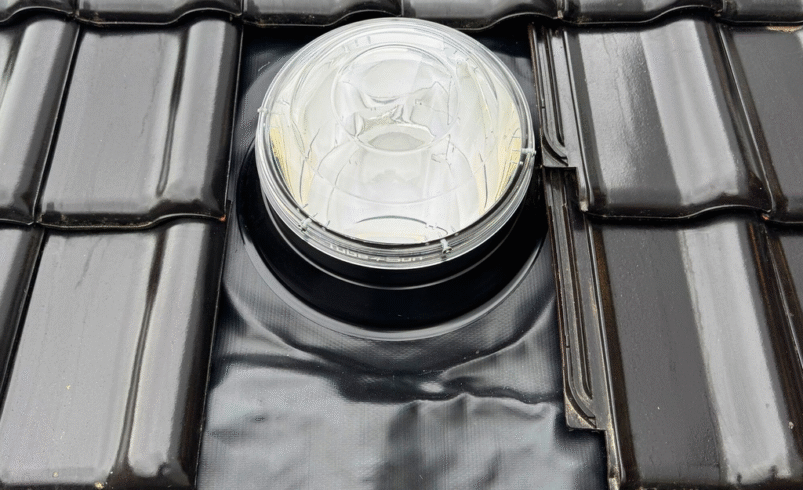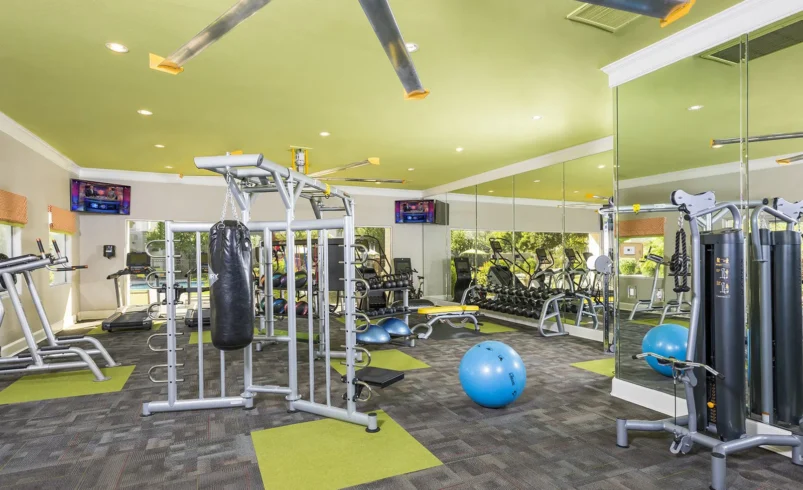Why Natural Light Changes How a Room Feels Completely

There is a world of difference between a space being bright and a room being bathed in natural sunlight. However much you fill a room with lamps, recessed lighting, or the best LED strip lights available, it will never be the same as if natural sunlight is pouring through. It changes atmosphere, intention in usage, and for some reason, it just works better.
It’s not about being fussy about one’s decor choices. It’s about the ease with which one spends time within a home atmosphere. Rooms with great natural light become used more often and are more welcoming in nature. Somehow, those spaces make coffee drinking in the morning and unwinding at night that much.
How Light Affects the Atmosphere of a Room
Step into a finished basement illuminated only by artificial light. Now step into a conservatory at high noon. Same house, entirely different vibe. The basement may boast a stunningly decorated space with perfect furniture choices and high-end finishes, but it still feels like a basement. The conservatory could feature mismatched chairs and scuffed floors – but it’s alive with its natural light.
Natural light provides depth and dimension that artificial sources fail to do the same. Shadows change over the course of a day as the sun moves. Textures come to life on walls and fabrics. It provides a non-static space that avoids becoming stale over time even if nothing ever changes about it.
Light creates an honest perception of color as well. That dove grey sofa you bought may look like something completely different in your home versus what it looked like on the sales floor; sometimes it’s the light! Natural light is what reveals true colors and why paint swatches must be carefully considered in daylight before undertaking an entire wall.
The Practical Effects for Daily Living
When kitchens fail to have adequate natural light, lights must be kept on throughout the day; whether it’s added energy bills or artificial brightness that makes the space less inviting, such kitchens avoid being destinations of the home. When there exists a window in a kitchen or even above as skylight, it becomes the go-to spot for gathering. People drift there for a cup of tea or for homework at the table. Conversations happen over pots simmering on stoves.
And then there are bathrooms! When bathrooms have no windows, there is the reflection of artificial light in mirrors; never do people look their best this way. Makeup application goes awry, shaving is tricky, and suddenly, a bathroom becomes merely the place one uses to wipe their face and move on for the day – no different than any other utility space. Bring in natural daylight, however, and it’s transformed into something akin to a spa experience – with no other work needed – even something like sun tunnels for pitched roofs can transform otherwise dark spaces into naturally lit ones when windows aren’t a possibility for challenging layouts.
When it comes to bedrooms, nothing can quite compare to waking up gently from good natural light entering the space. Sure, heavy curtains help block out any light for excess sleep patterns, but when one wakes in pitch black only to harsh bright artificial light, it casts an unwanted and unwelcome jarring alarm to the start of one’s day. A little sun peeking through does wonders for easing one out of sleep.
Why Some Rooms Always Feel Wrong
Have you ever been in a house where some of its rooms are perfectly fine – but nobody wants to spend time there? They boast excellent sizing and configurations, but no one ever wants to use them. Nine times out of ten, it’s a problem with lighting. They’re west-facing without great windows or even furnishings that block any potential illumination attempting to beam through.
Ultimately these spaces become glorified dumping grounds filled with storage options, spare beds for guests who never visit, spare rooms transformed into home offices that people hesitate ever working within; they have decent furniture that fits comfortably sized within, decent paint that supposedly suits anyone’s fancy – but something feels off. That something – which warrants the need to fix – the lack of good daylight access and airflow.
The ways in which these rooms can become converted into usable spaces comes from resolving their light issue – not changing anything else. Once a skylight is installed or roof window access is granted, suddenly that space becomes someone’s favorite room! The furniture didn’t change; it was comfortable enough all along. The paint remained; it was suiting enough all along. But finally, the light worked.
Design Choices That Work with Light
Light-colored walls and ceilings may be an appealing design choice – but ultimately represent practical solutions to any home desperate for natural light options – without it turning into an exasperated source. Dark walls absorb light and make spaces feel smaller and gloomier; with light walls, it bounces the limited amount of illumination deeper into any room creating a more expansive feel – even if it remains small.
Furniture arrangement is something that most people take for granted; placing tall bookcases or massive sofas in front of windows reduces whatever potential greatness those windows provide – and it blocks beautiful natural light from entering at all even with good intentions! Arranging furniture properly gives access to windows so that light enters the room properly. Thus, sometimes unconventional layouts need to occur – but it’s worth it to make the room feel better.
Flooring is useful as well; dark wooden flooring or carpet absorbs any light and creates heaviness within rooms. Light flooring provides upward reflection of light making walls and ceiling spaces seem brighter by comparison – hence why Scandinavian stylings almost always employ pale wooden floors; when sunlight availability is limited enough, every bit gained needs to go farther.
The Extension and Conversion Dilemma
Often home extensions or loft conversions present new spaces that don’t always promote adequate natural light access. The opportunity for additional square footage is often taken without plan on how new rooms will work spatially with limited natural light access.
An extension that goes deep into a garden may have the flooring square footage desired – but if windows only exist at one end, lighting will make it feel cave-like without positive change. Roof-based glazing sources can help – side windows won’t provide enough access further down – but skylights or roof lanterns bring in window-based options from above where they’re most better situated without creating a change in angle; often it’s aesthetically better.
Loft conversions face a similar fate; dormer windows help but oftentimes aren’t enough. Hallways and bathrooms can’t easily accommodate windows so roof lights become required options; it’s not negotiable if this new addition is going to feel like part of the house.
Making Light Work in Tricky Spaces
Some homes lend themselves to layouts that create challenging daylight access possibilities – from Victorian terraces with long-narrow dimensions to mid-terrace homes where no side access is possible due to geography and single-pitched roof bungalows – they create obstacles when wanting daylight in the middle of any space.
There exists solutions involving vertical rather than horizontal options; if side walls cannot handle windows for access, the roof must be the answer instead. It may come down to skylights within hallways, roof windows within bathrooms or glazed access within kitchen extensions – but whatever resources need to be utilized relative to roof style/room layout – it’s important to understand that opportunities exist to create daylight access where one would assume homes would retain all-day artificial lighting.



